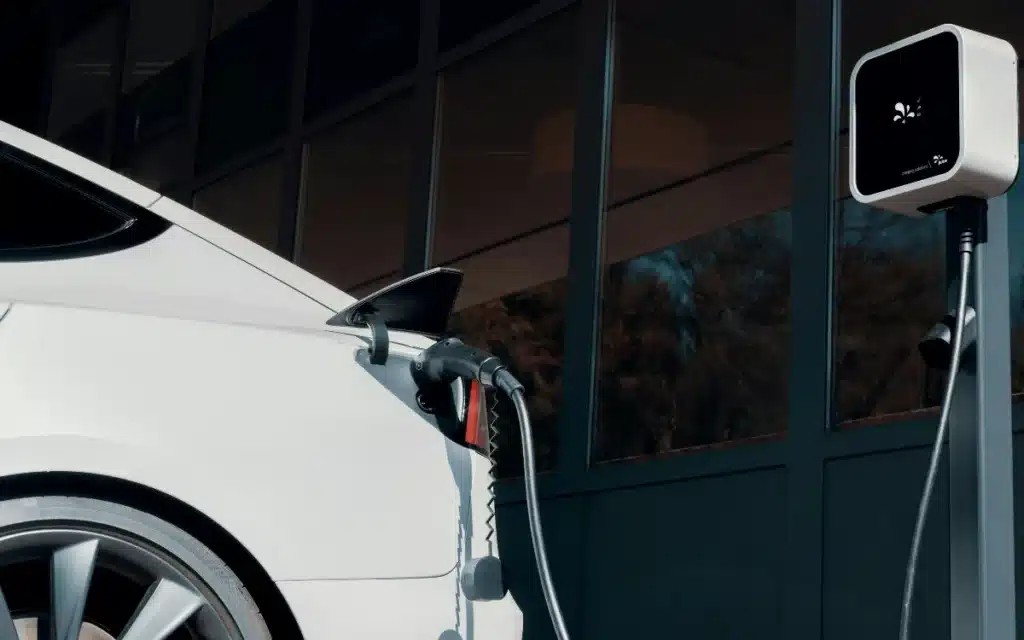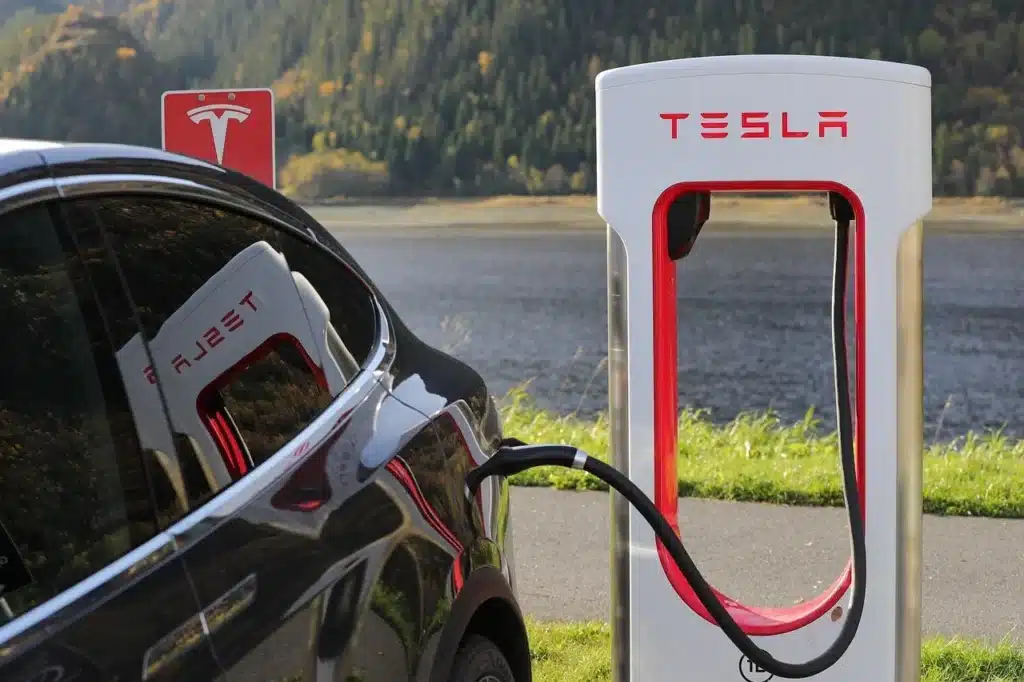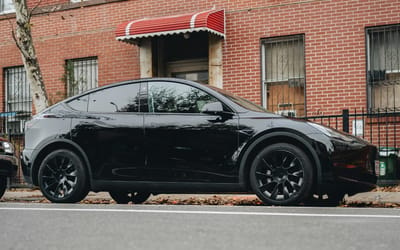EVs have a surprising 'dirty secret' despite being thought of as the eco-solution
Published on Aug 19, 2025 at 4:54 PM (UTC+4)
by Grace Donohoe
Last updated on Aug 19, 2025 at 4:54 PM (UTC+4)
Edited by
Emma Matthews
EVs are thought to be an eco-friendly solution when it comes to picking a daily driver, but it turns out that there’s a secret lurking within the battery pack.
After a study carried out by researchers at UCLA’s Fielding School of Public Health found that there are harmful particles lying by some EV charging stations.
The particles could negatively impact us if they enter our bodies.
But fear not, as the researchers also dished out some valuable advice to keep yourself safe when charging your EV.
VISIT SBX CARS – View live supercar auctions powered by Supercar Blondie
EVs may not be the eco-friendly solution we think they are due to this ‘dirty secret’
It’s clear to see that there has been a clear shift in drivers switching from gas-powered vehicles to the eco-friendly solution of electric cars in recent times.
This is due to electric vehicles being dubbed the most eco-friendly way to get from A to B.
But it turns out that this may not actually be the case.

A recent study carried out by researchers at the UCLA Fielding School of Public Health found that fine particles in the air could potentially be more harmful than gas stations.
The researchers found that ‘fine particulate matter’ in the air near Los Angeles fast charging EV stations was a lot higher than measurements taken at ‘urban’ places that weren’t home to the EV ports.
But what does this mean, you ask?
Well, the results highlight an ‘overlooked air quality concern’, according to the study’s conclusion.
The air particles checked by the academics are only 2.5 micrometers wide, which is around 30 times smaller than human hair, and if these enter your body, it could be bad news.
“Our findings suggest that these tiny particles likely come from particle resuspension around the DCFC’s power cabinets.
“These cabinets convert electricity from the grid into the direct current needed to charge electric vehicle batteries,” explained Dr. Yuan Yao.
And, the measurements of these taken at charging stations range from 7.3 to 39.0 micrograms per cubic meter, compared to much less at background sites.
In LA, the study found the range from around 7 to 8 micrograms per cubic meter in the urban background, and urban traffic sites ranged around the 10 to 11 mark, and gas stations hit 12.
Fast chargers, however, had an average level of 15, and ‘sometimes peaked as high as 200’.
“These particles are so small, they can travel deep into your lungs and even enter your bloodstream – potentially leading to serious problems like heart or lung disease,” explained Dr Michael Jerrett.

Their advice? Stay inside your car and run the climate system, go inside, or even visit an open space.
Electric cars favored by more drivers every day
With EVs taking the car world by storm, many car manufacturers are racing to keep up with demand and releasing new vehicles on a frequent basis.
For example, Indian automaker Mahindra recently unveiled a Batman BE 6 EV that was inspired by Christopher Nolan’s The Dark Knight.
Plus, we can’t forget that July 2025 was almost the biggest ever month for US EV sales on record, too.
DISCOVER SBX CARS: The global premium car auction platform powered by Supercar Blondie




